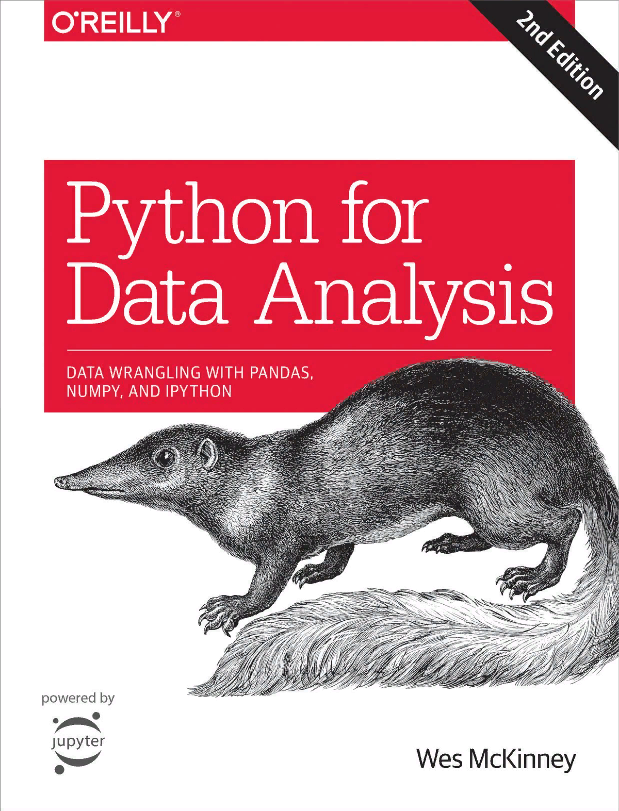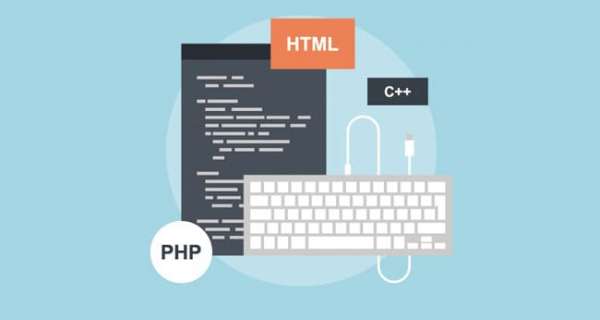
When I say “data”, what am I referring to exactly? The primary focus is on structured data, a deliberately vague term that encompasses many different common forms of data, such as:
Multidimensional arrays (matrices)
Tabular or spreadsheet-like data in which each column may be a different type (string, numeric, date, or otherwise).
This includes most kinds of data commonly stored in relational databases or tab- or comma-delimited text files
Multiple tables of data interrelated by key columns (what would be primary or foreign keys for a SQL user)
Evenly or unevenly spaced time series
This is by no means a complete list. Even though it may not always be obvious, a large percentage of data sets can be transformed into a structured form that is more suitable for analysis and modeling. If not, it may be possible to extract features from a data set into a structured form. As an example, a collection of news articles could be processed into a word frequency table which could then be used to perform sentiment analysis.
Most users of spreadsheet programs like Microsoft Excel, perhaps the most widely used data analysis tool in the world, will not be strangers to these kinds of data.
Скачать книгу можно бесплатно по данной ссылке: Скачать

































0 Комментарии